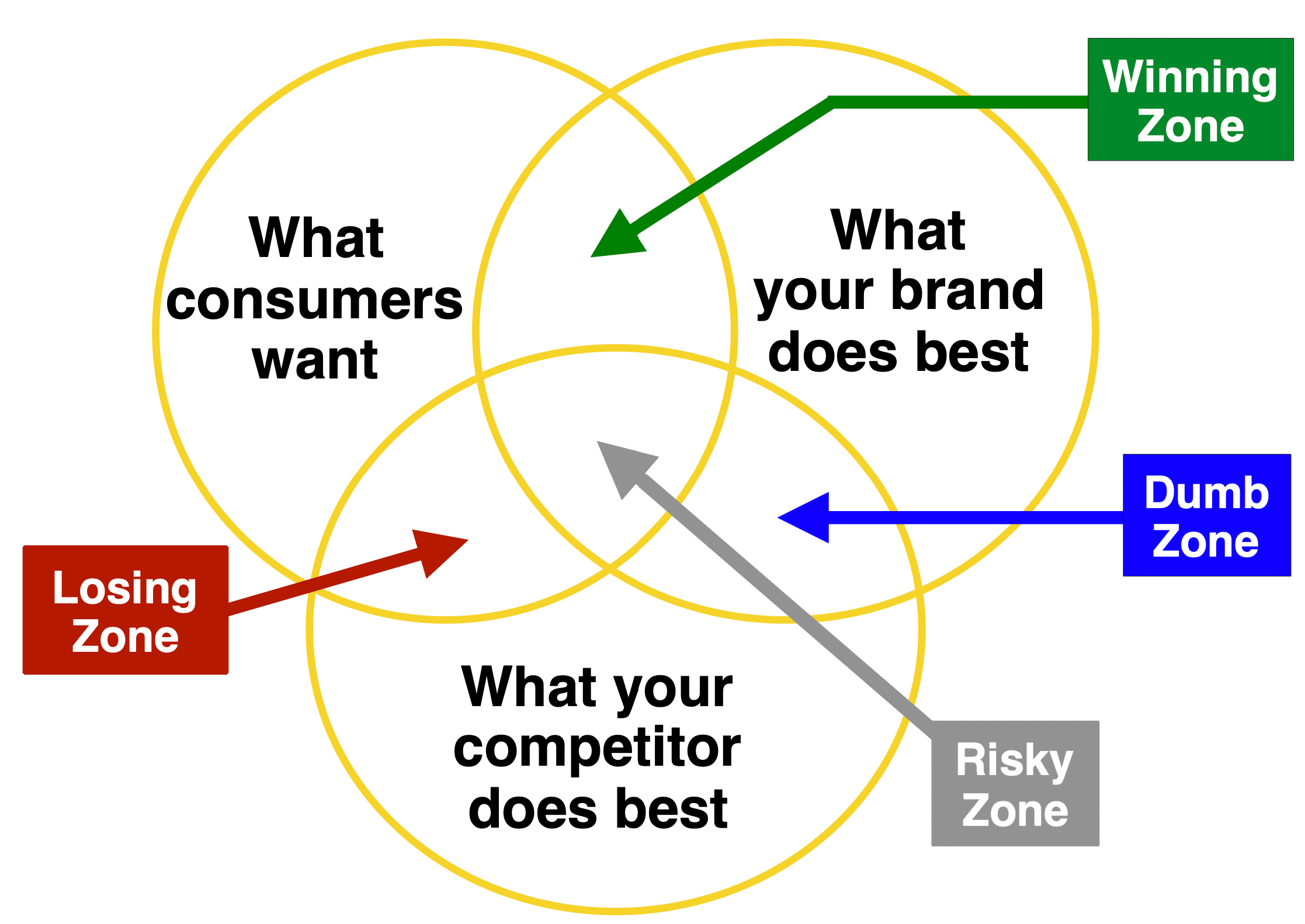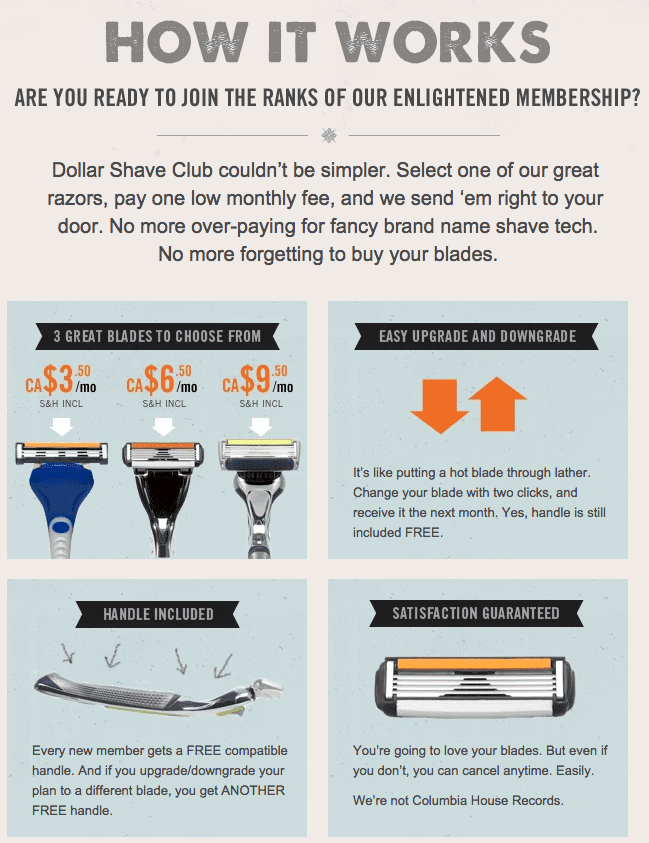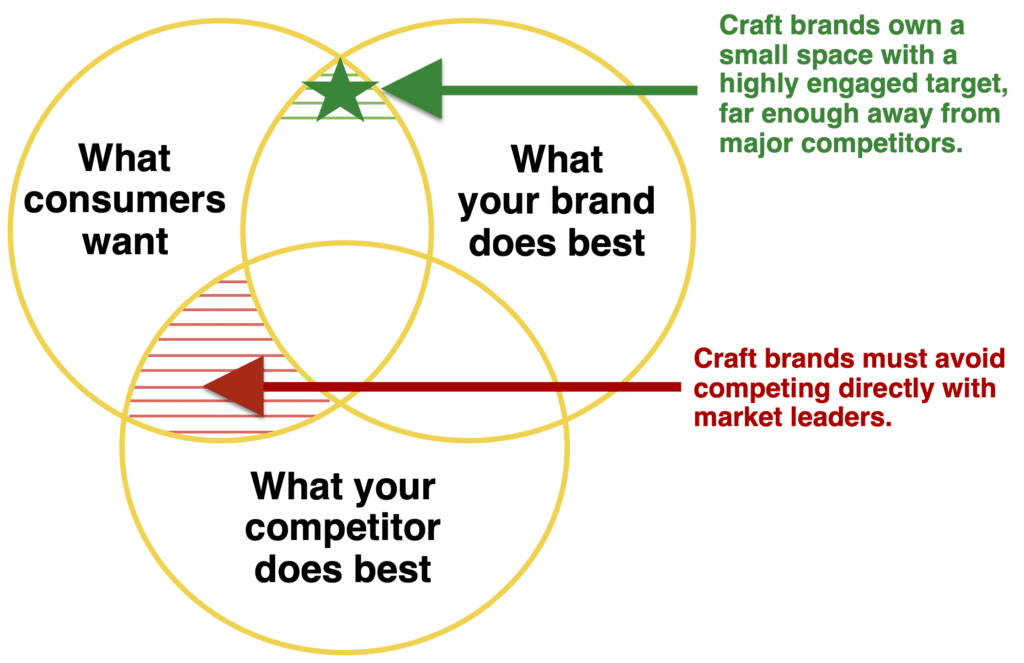Dollar Shave Club is a subscription-based razor company. It is based on the idea that consumers are highly frustrated with the growing cost of razor blades. It is a classic case of finding a major un-addressed consumer problem. And, they use a creative brand solution that helps to turn that problem into a consumer enemy that upsets them emotionally.
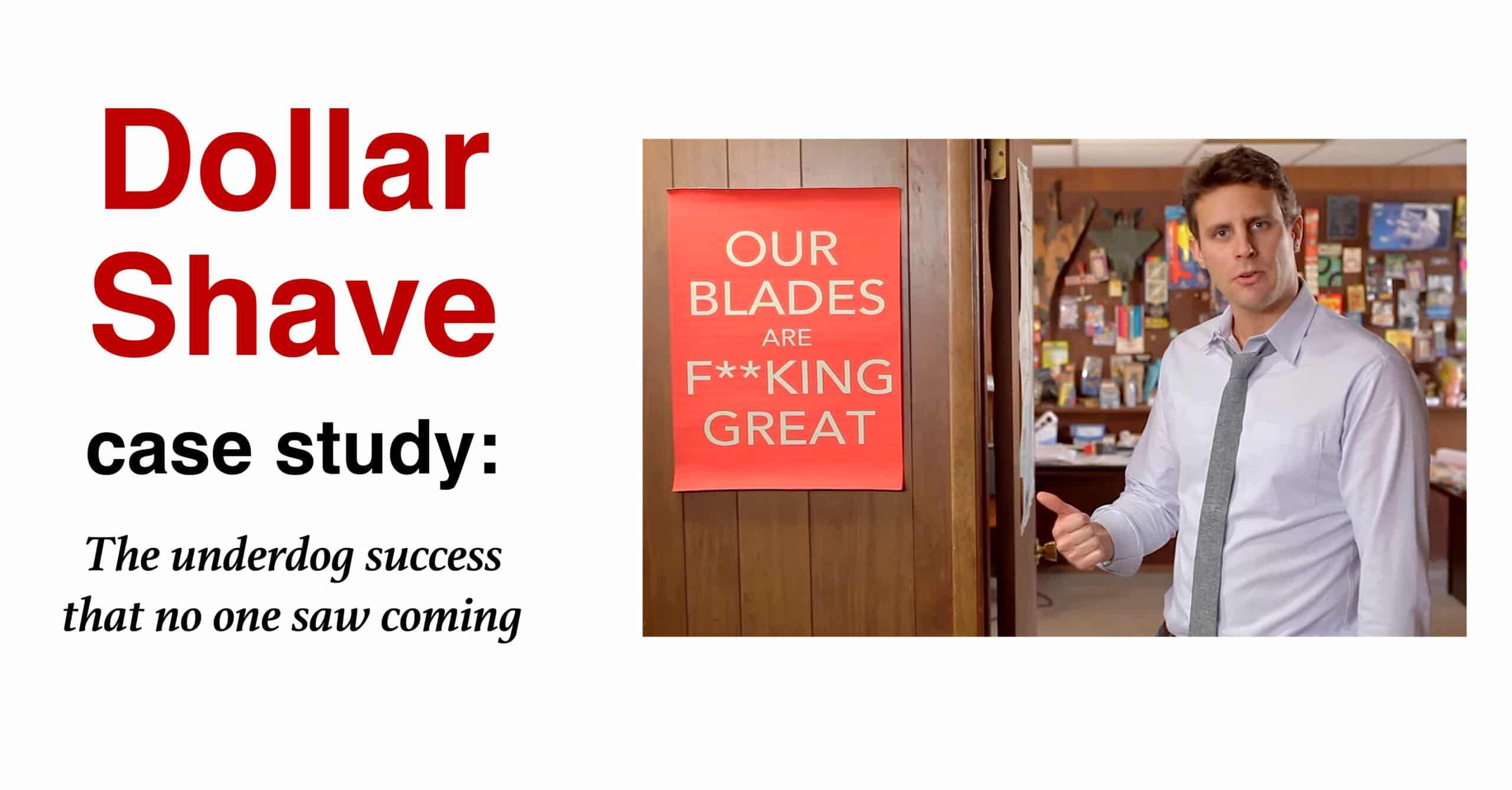
We are seeing many brands use new technology options to set up the old guard as the enemy ready for attack. This was the strategy for Netflix on movie rentals. Beats by Dre on the headphone business. Uber against the entire taxi industry. And for Dollar Shave on Gillette. The cost of a pack of razors going for $20 at your average drug store. Or, even $50 at Costco. They saw a huge opportunity in the marketplace. Yes, we’ve seen huge technology gains in the last 20 years with way more blades than we ever thought possible, flex balls and blue lines telling us when to throw it out. But for a great many of us, price still matters.
Competitive positioning
We’ve always said that brands really have 4 options: better, different, cheaper or else not around for very long. The key is to find a unique selling proposition for your brand. You don’t always need to find a rational point of difference as long as there is room to be emotionally unique.
To illustrate, click to zoom in on our brand positioning diagram.
Brand positioning
To find the competitive space in which your brand can win, look up at the three circles above. The first circle comprises everything your consumer wants or needs. The second circle includes everything your brand does best, including consumer benefits, product features, or proven claims. Finally, the third circle lists what your competitor does best.
Your brand’s winning zone (in green), is the space that matches up “What consumers want” with “What your brand does best.” This space provides you a distinct positioning you can own and defend from attack. Most importantly, your brand must be able to satisfy the consumer needs better than any other competitor can.
Avoid playing where you will lose
Your brand will not survive by trying to compete in the losing zone (in red), which is the space that matches the consumer needs with “What your competitor does best.” When you play in this space, your competitor will beat you every time.
As markets mature, competitors copy each other. It has become harder to be better with a definitive product win. Many brands have to play in the risky zone (in grey), which is the space where you and your competitor both meet the consumer’s needs in a relative tie.
Sadly, I always have to mention the dumb zone (in blue) where two competitors “battle it out” in the space consumers do not care. One competitor says, “We are faster,” and the other brand says, “We are just as fast.” No one bothered to ask the consumer if they care about speed. Both brands are dumb.
Take your brand knowledge to new heights with our Beloved Brands playbook
Beloved Brands is a comprehensive guide that covers the fundamentals of brand management. It goes deep on strategic thinking, brand positioning, brand plan development, advertising decisions, media planning, marketing analytics, and the brand financials. This is an opportunity to build your marketing skills to help your career. And, it will provide you with the roadmap for driving growth on your brand.

Marketers see Beloved Brands playbook as a go-to resource, as they keep it within arm’s reach for any new project. We are thrilled to see that it has received a 5-star rating from nearly 90% of Amazon reviewers. Additionally, we have also created playbooks for B2B Brands and Healthcare Brands, catering to specific industries.
The Dollar Shave brand
Dollar Shave has figured out a new business model
The internet has opened up many subscription opportunities, cutting out distribution costs in exchange for a committment to continuous purchases. With the Dollar Shave Club — you sign up for a monthly fee depending on the quality of blades and the number of blades you need per month.
To illustrate, click to zoom in to see how Dollar Shave works.
Dollar shave advertising
Amazing launch advertising
Dollar Shave took advantage of viral advertising, making such an innovative Ad that it was shared and viewed by up to 18 million people. The ad starring the CEO, who is also a burned out Hollywood actor, was made with such an anti-corporation feel/tone that it jumps off the computer screen. It is a hilarious, edgy, low-budget YouTube-driven video, that generated millions of hits.
The tagline is “Our blades are f**king great,” which will undoubtedly alienate many people, but it will inevitably make the younger male audience quickly love them. And, the ad tells a quirky story of why the brand doesn’t waste money like Gillette does, setting up the idea its razors are much cheaper than Gillette’s. The ad did so well, that it crashed the Dollar Shave website in the first hour!!!
Dollar Shave ad: "Our blades are F***ing Great"
To view, click on the arrow to see the video or the sound to listen.
Craft brand
A craft brand strategy
Craft brands must win a small space in the marketplace that offers something unique to a highly engaged target. These brands succeed when they are far enough away from major competitors that the leaders ignore them because craft brands stay hidden away.
Craft brands build themselves behind a micro-benefit, including gluten-free, low fat, locally grown, organic or ethically sourced. These craft brands take an antagonistic approach to the rest of the category, portraying every other brand in the category as old-school, overly corporate, unethical, flawed in the manufacturing or the use of ingredients.
Many times, these brands take a very aggressive marketing stance, calling out the other brands as unethical or stupid. Craft brands believe it is better to be loved by the few than liked or tolerated by many.
To view, click on the brand positioning diagram to see where Dollar Shave fits.
Here are the four key principles brands need to establish a successful craft strategy:
- First, pick a segment small enough that it won’t be noticed and you’ll be able to defend it. Be aggressive. Put all your resources against this small target, so against that specific target, you will have the relative force of a major player.
- Next, be flexible and nimble. You need to enter quickly to seize an opportunity that others aren’t noticing, but be ready to exit if need be, if consumers change their minds or competitors notice you and attack you.
- Then, explore non-traditional marketing techniques to get your brand message out and your brand into the market quickly. Because you are playing in a non-traditional market, you will be given leeway on the tools you use.
- Finally, for craft brands, take the mindset that it is better to be loved by the few than tolerated by the many. Leave the mass consumers for the mass brands.
How Dollar Shave plays the craft brand
As Dollar Shave started out, they were up going against one of the biggest consumer goliath brands in the world. Gillette’s global sales are in the billions. A successful niche strategy is when the leader is willing to let you have your space, because they don’t see you as a threat. For Dollar Shave, first-year sales were about $30-50 Million, much smaller than Gillette’s $2 Billion. That sales level should not even be enough to make Gillette to lose an ounce of sleep.
$50 Million is a ton of money for an entrepreneur
While Gillette did not take Dollar Shave seriously, they didn’t realize they were getting backed into a corner where they could not respond. It would be impossible for Gillette to change their entire business model to counter Dollar Shave.
- Gillette can’t risk launching their own subscription model, because it would dramatically upset major retailers, who would retaliate with delistings and reduced support.
- Gillette can’t afford to dramatically cut their price or their Sales and profits would nose-dive.
The only strategic move for Gillette is to let Dollar Shave have their $50 million in sales. That’s the beauty of the Dollar Shave strategy.
Five years after the launch, Unilever paid $1 Billion to acquire Dollar Shave
Red Bull case study
The courageous pathway to becoming a beloved brand
As a leading energy drink brand, Red Bull has become a household name across the globe. The brand is known for its high energy and exciting marketing campaigns. As well, Red Bull takes an innovative approach to product development. In this post, we will take an in-depth look at Red Bull’s marketing execution, exploring how the brand has become so successful. I hope you can learn from its daring approach and boost your own business. When you think of energy drinks, Red Bull is probably one of the first brands that come to mind.
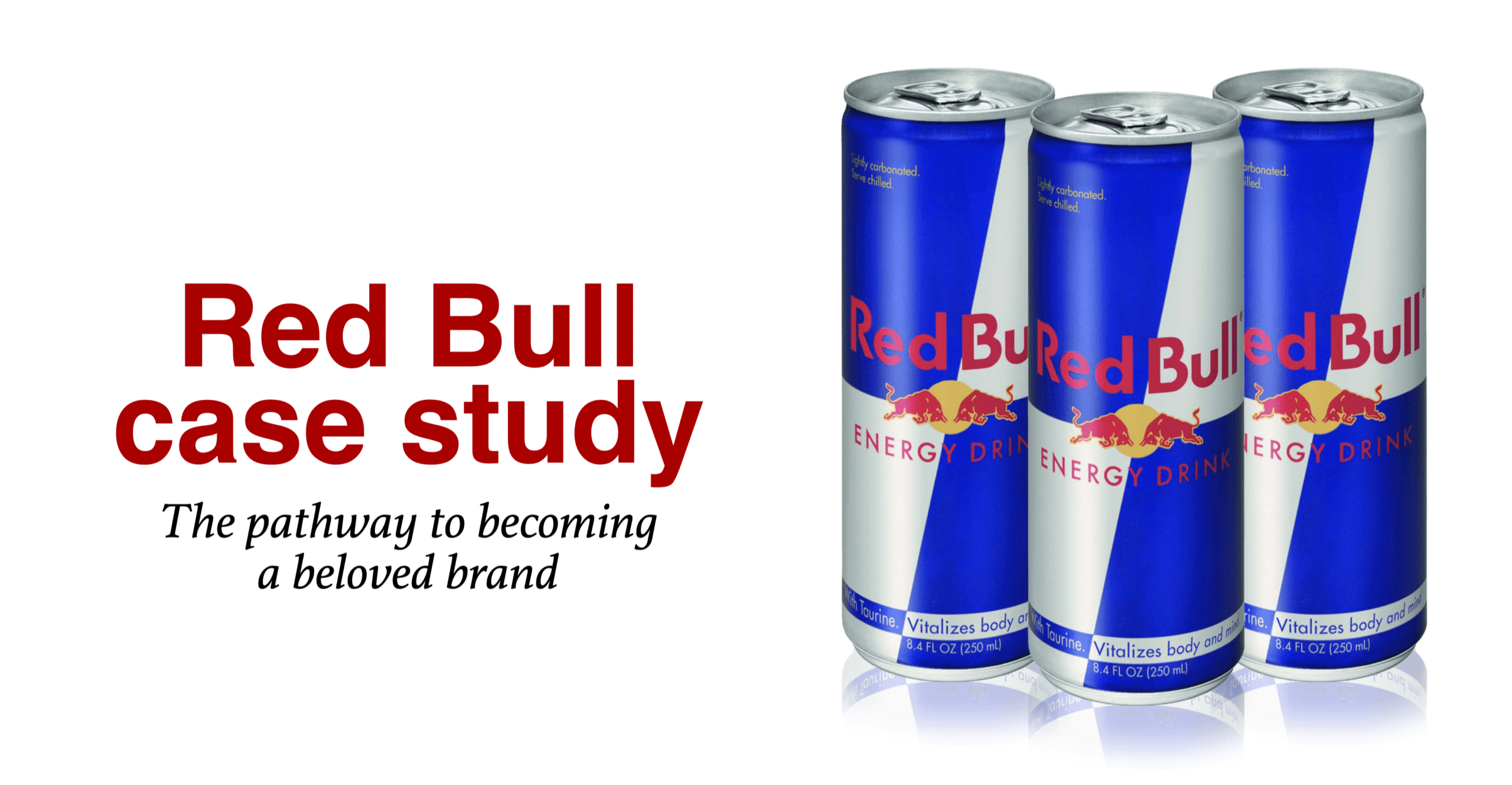
Our Red Bull case study focuses on Red Bull advertising, extreme sports, distribution, productive and innovation. They take chances most of us would be too afraid to do. This courage helps capture the attention of younger audience.


